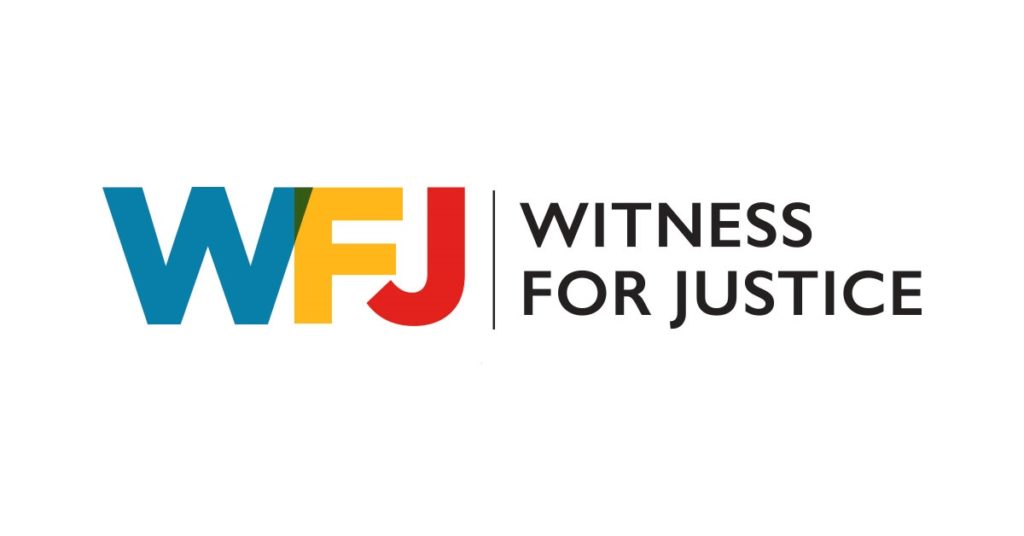Regaining the Momentum to End the HIV Epidemic
Anyone who lives paycheck to paycheck knows they are a small crisis away from falling behind in ways that can lead to a cascade of negative consequences for them and their family. Even when you’re able to manage your resources efficiently and get a little ahead, something can come along and knock you off course. The news from AIDS 2022 is a bit like this.
For the past several years, the HIV response has been living “paycheck to paycheck,” struggling to keep up with meeting the goals for ending the HIV epidemic as a public health threat by 2030. So many things have been in place to realize this goal. While there is still no cure for HIV, effective treatment can keep HIV from damaging one’s immune system to the point that HIV becomes undetectable.
When HIV is undetectable it is untransmissible, U=U. Treatment is a key tool for getting to zero new infections, one of three essential “zero” goals for ending the epidemic. Zero stigma and zero HIV-related deaths are the other two. In recent years, the goals were being met in some places and progress was being made in other areas that were falling short. We were living on the edge, our progress was a kind of “paycheck to paycheck” thing, and then came COVID-19.
The UNAIDS Global AIDS Update 2022 reported in stark ways that the global AIDS response is under threat. There were 1.5 million new HIV infections in 2021, which is more than one million over the global targets. There were 650,000 AIDS-related deaths, even though effective treatment exists to prevent those deaths. In fact, the number of people accessing treatment increased slower in 2021 than it has in more than ten years.
In his book, “HIV and AIDS in 2030: A Choice Between Two Futures,” David Barstow discusses the cascade of consequences the world would face if we failed to reach the goals for ending the HIV epidemic. The cost is huge in terms of suffering and loss of life. And there’s a different future that can be chosen. It is a future that depends on what we invest now to make effective antiretroviral treatment accessible to all and the actions we take to overcome stigma and discrimination.
The news from AIDS 2022 couldn’t be clearer: we have lost ground over the past two years and the most vulnerable have been hit hardest. But the message coming out of AIDS 2022 also was encouraging. It stressed the vital importance of bringing together research, policy, activism, faith, and our resources to overcome this “paycheck to paycheck” mode of response, restoring the momentum in our HIV efforts, and keeping our promise to end the HIV epidemic.
ABOUT THE AUTHOR
Michael Schuenemeyer is the Team Leader for Health and Wholeness Advocacy Ministries for the United Church of Christ and Executive Director of the United Church of Christ HIV & AIDS Network (aka UCAN).
View this and other columns on the UCC’s Witness for Justice page.
Donate to support Witness for Justice.
Click here to download the bulletin insert.
Related News
Demystifying the Stigma of Mental Illness
Like many others, I come from a family system that placed taboos on speaking publicly about...
Read MoreStaying Grounded in Tumultuous Times
For years I have referred to myself as a peace-loving hippie-type pacifist who believes that...
Read MoreVision and Reality
In 1215, at Runnymede in England, King John signed the Magna Carta. The mythos surrounding...
Read More
